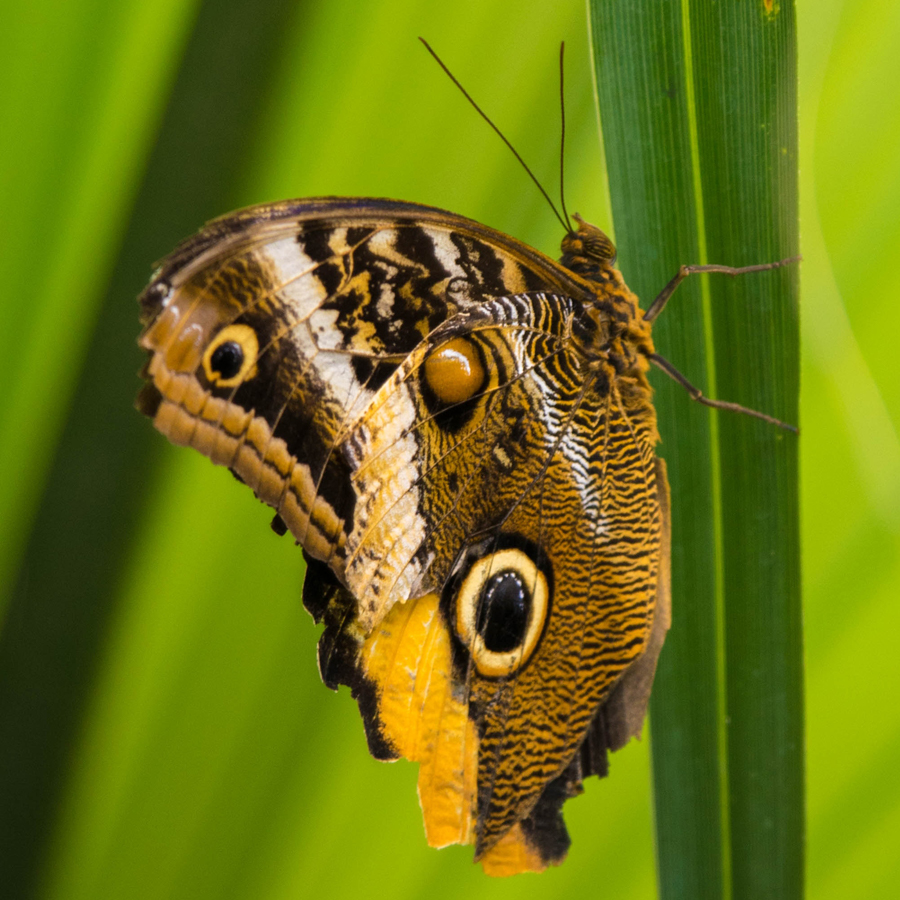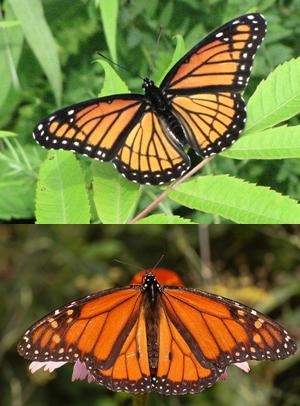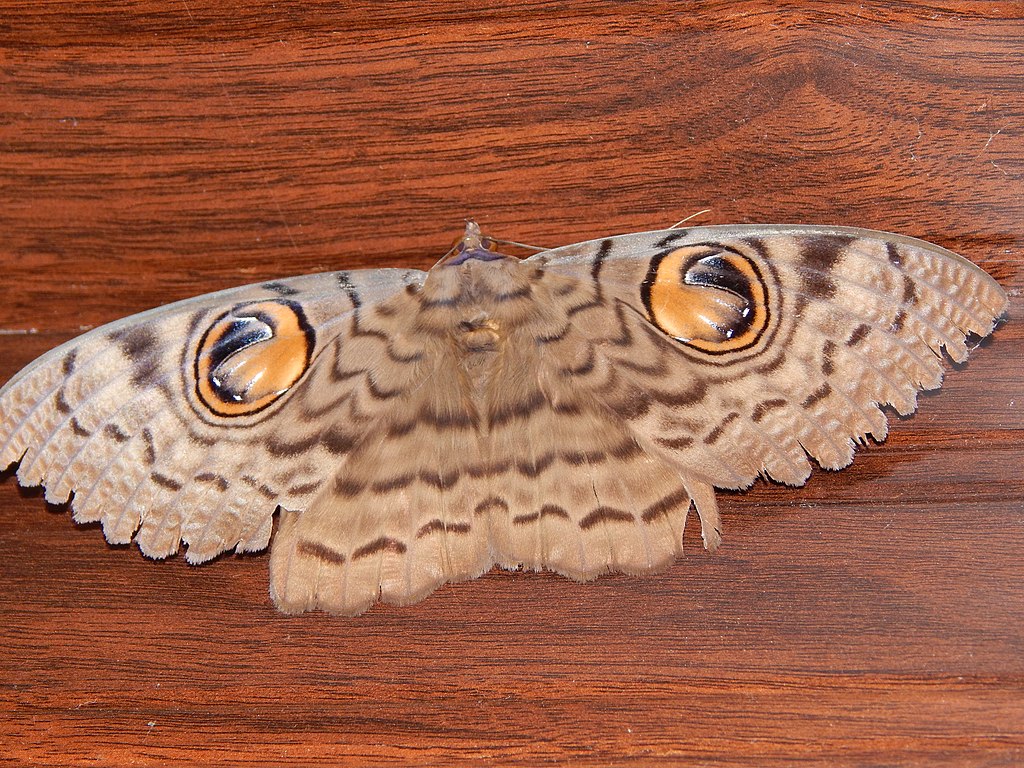 Photo by Frenjamin Benklin on Unsplash
Photo by Frenjamin Benklin on Unsplash
Magnificent Mimicry
- Easy
- Not Messy
- 15 Minutes
- Indoor
Mimicry = Survival
Mimicry occurs when a plant or animal looks like another species to help it survive. One of the best examples of this is the Monarch and Viceroy butterflies, which have similar colors despite one tasting bitter to predators (Monarchs) and the other not tasting bitter (Viceroys). Try this experiment to explore how Viceroy butterflies use mimicry to trick predators!
You Will Need
Four cups that look exactly the same
Sharpie marker
Sprite, or other clear flavored carbonated drink
Seltzer Water, unflavored
Directions
- When your child is not around to see, label the cups A and B.
- Fill cup A halfway with Sprite. Fill cup B halfway with plain, uncolored Seltzer water.
- Now it is time to bring in your kid(s) to try the experiment! Hand your child only cups A and B to start. Tell them to make observations about what they notice in the cups. There are no wrong answers, and they may notice things such as:
- Cup A has a liquid, gas/bubbles, and is clear.
- Cup B has a liquid, gas/bubbles, and is clear.
- The liquid in both cups looks the same!
- Tell your child the cups represent two different butterflies, and they are going to pretend to be a predator that eats butterflies. Let them decide which predator they want to be. Lots of things eat butterflies, including birds, lizards, wasps, and more!
- Tell your child to taste Cup A, which is Butterfly A. Ask them how it tasted.
- Have your child predict what Butterfly B will taste like, then have them taste Butterfly B. It should taste bitter compared to Butterfly A!
How it works
 Photo CC BY-SA 3.0 DRosenbach
Photo CC BY-SA 3.0 DRosenbach
Monarch butterflies taste bitter to predators because of the milkweed they eat when they are young. The Viceroy butterfly does not taste bitter, but it looks like the Monarch butterfly to trick predators into thinking it will taste bitter.
This situation is called mimicry and likely happened through adaptations over time. The Viceroy butterflies that looked more like Monarch butterflies were not eaten as quickly by predators, so they were able to pass their protective coloring on to their babies. Now the two different species look very similar.
Other examples of this in nature include moths that look like owls and caterpillars that look like snakes.
 Photo CC BY-SA 4.0 Gouthamching
Photo CC BY-SA 4.0 Gouthamching
Key Words
- Adaptation
- Changes to a species of animal over time that can change how they look or interact with their environment
- Characteristic
- Something that distinguishes or identifies a person or thing
- Mimicry
- The resemblance of one animal species to another species or to natural objects to provide protection from predators
- Predator
- An animal that hunts (usually to eat) a smaller, weaker animal
- Prey
- An animal that is eaten by a predator
- Species
- A group of animals, plants, or other living things that all share common characteristics
